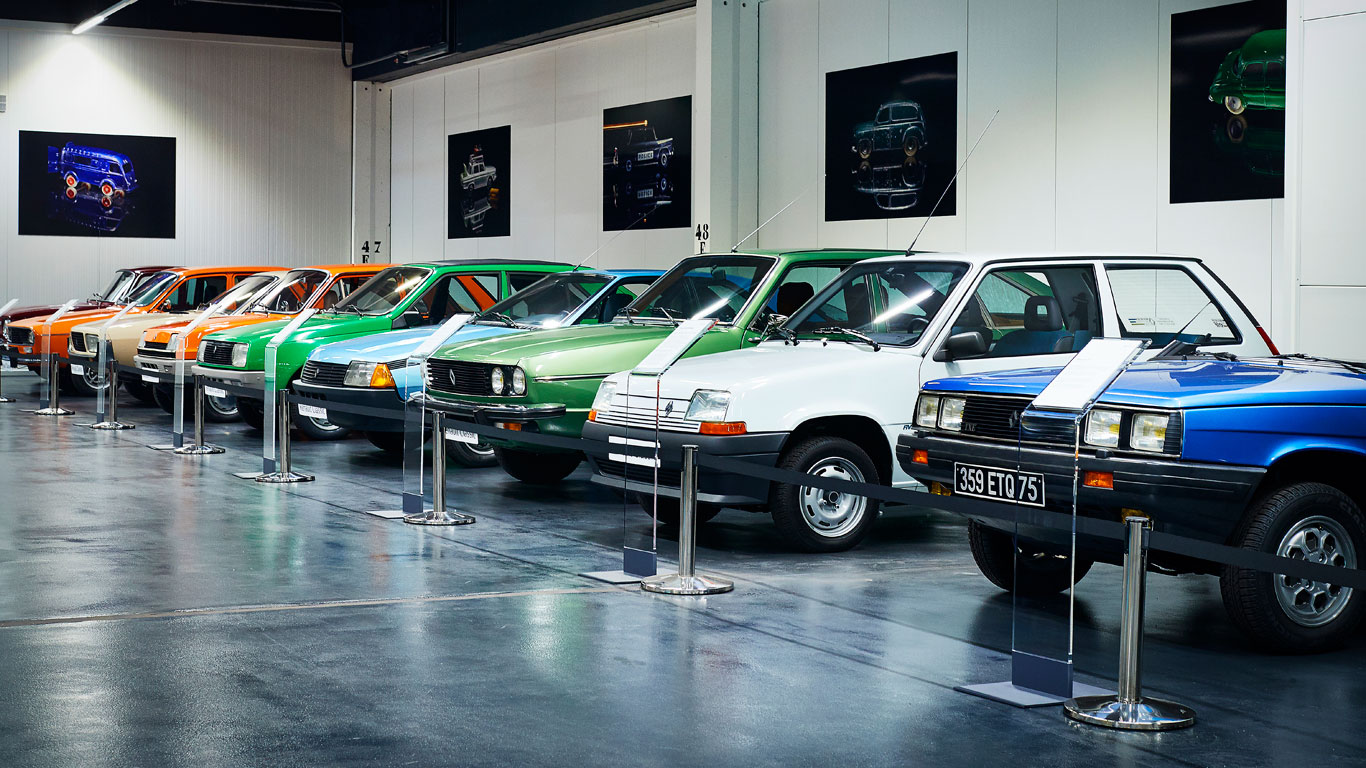
French car manufacturer Renault is celebrating its 120th anniversary this year. The firm – which is headquartered in Paris – has quite the heritage to celebrate, which explains why it has no fewer than 750 classic cars in its collection.
While the cars are dotted around France, a purpose-built garage has recently opened at its Flins factory to house a small part of the collection. Open only to members of staff, we were allowed inside for a sneak peek as part of the brand’s anniversary celebrations.
Renault Type A
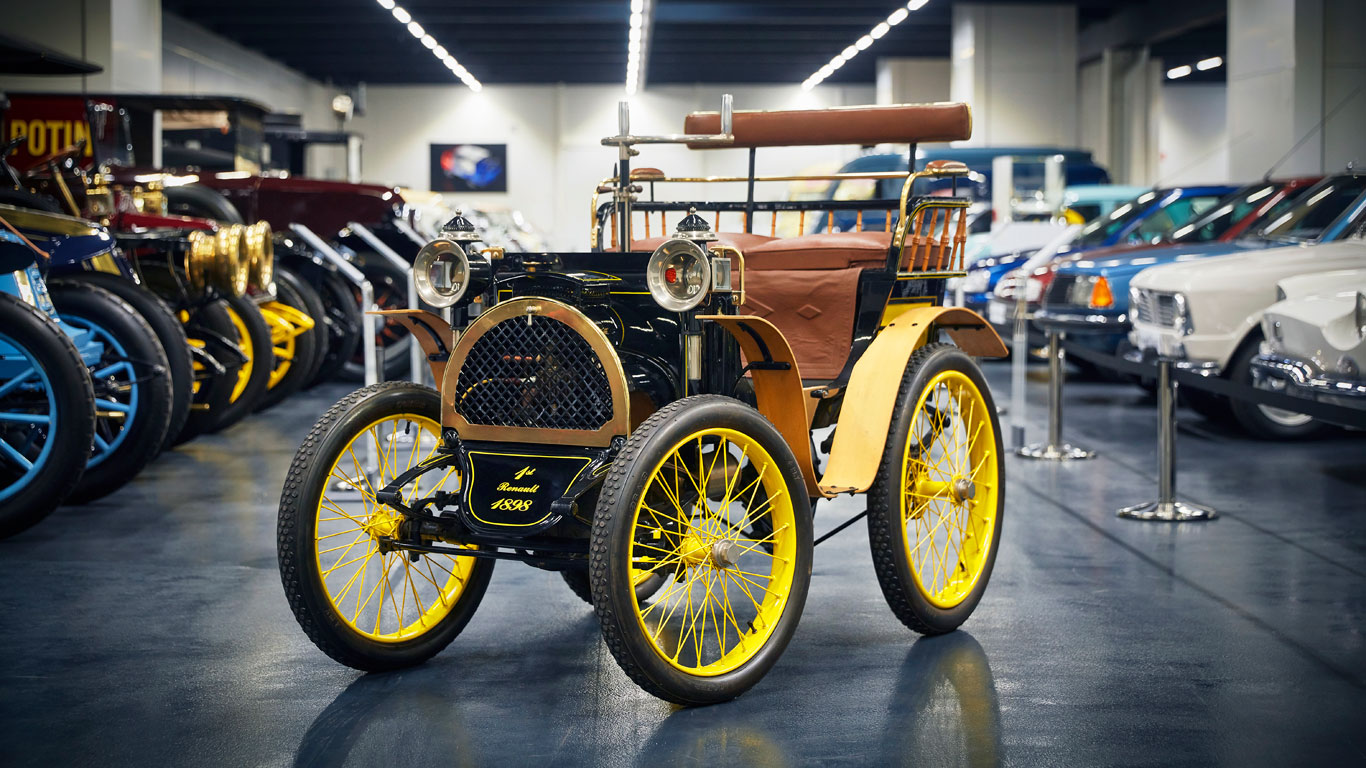
The story goes that Renault was founded on Christmas Eve 1898, when aspiring engineer Louis Renault drove his first car, a Type A voiturette, up the incredibly steep Rue Lepic in Paris. The assembled audience was so impressed that 12 deposits were received, giving the 21-year-old the funds to acquire a factory.
Renault Type B
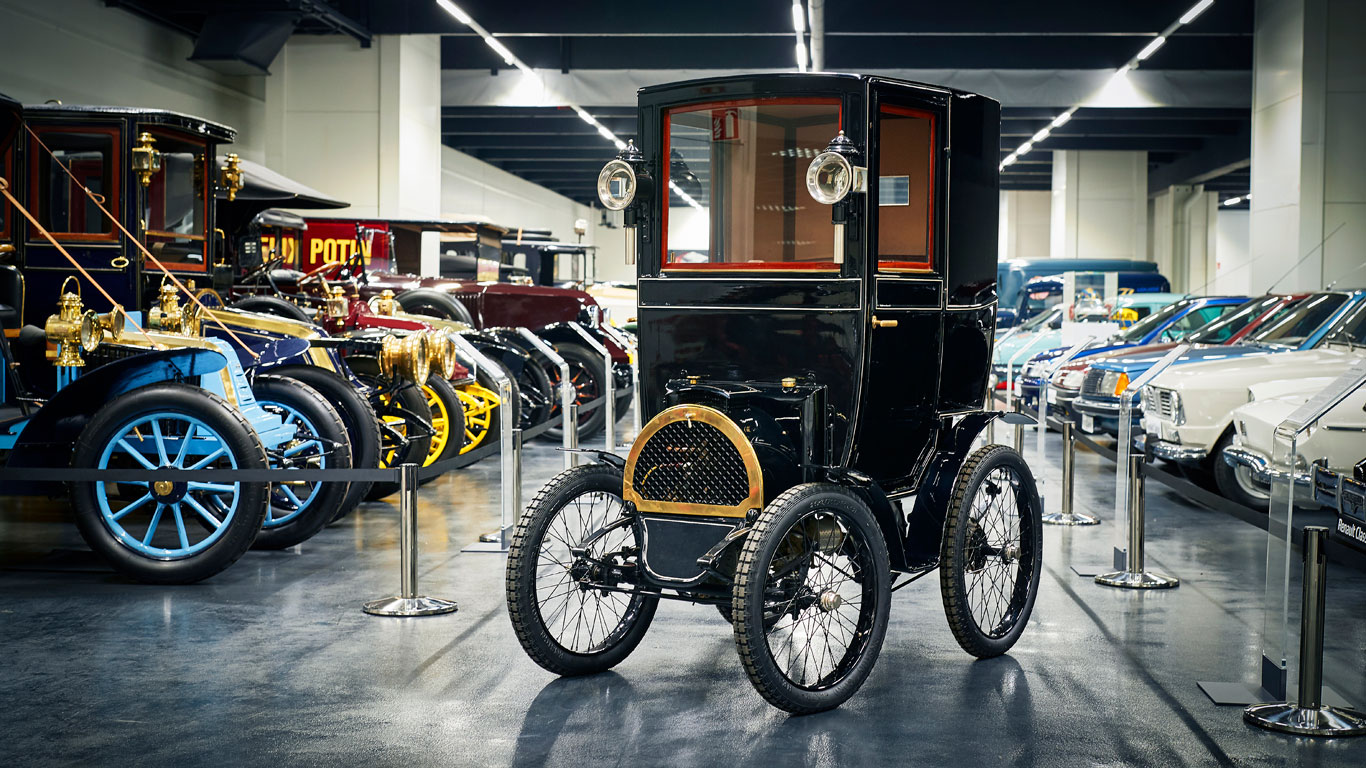
Many of Louis Renault’s early customers were friends and family, so he was keen to listen to any feedback and demands they had. The main thing buyers wanted that the Type A didn’t satisfy was comfort. Working with coachbuilder Labourdette, Renault designed a closed body that appeared on the Type B in 1899.
Renault six-wheel type MH
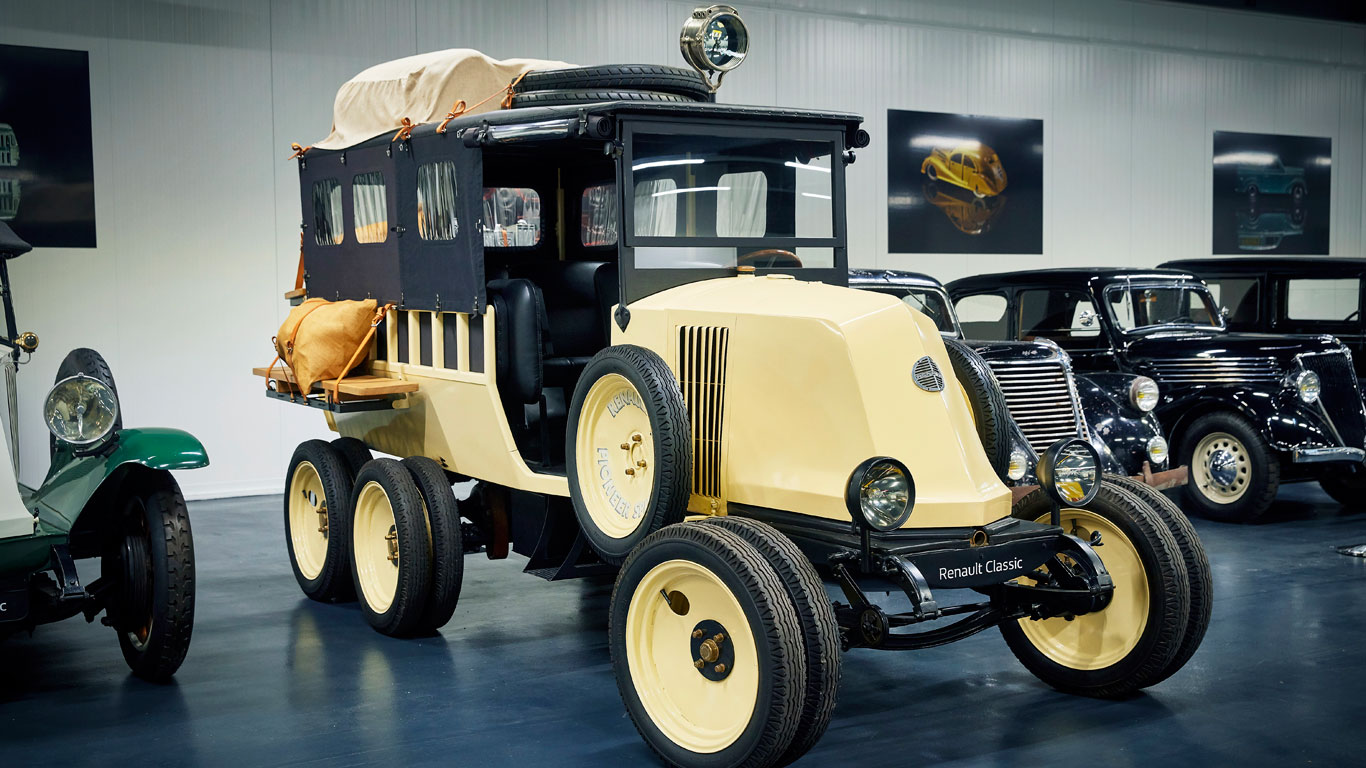
When you think of expedition by motor car, a Land Rover might spring to mind. But the French were doing it years before the British. In 1923, Renault revealed the Six-Roues – a powerful truck with six wheels and low-pressure tyres, along with two-axle drive to provide off-road capability. A number of expeditions followed, including numerous trips across the Sahara.
Renault Primaquatre
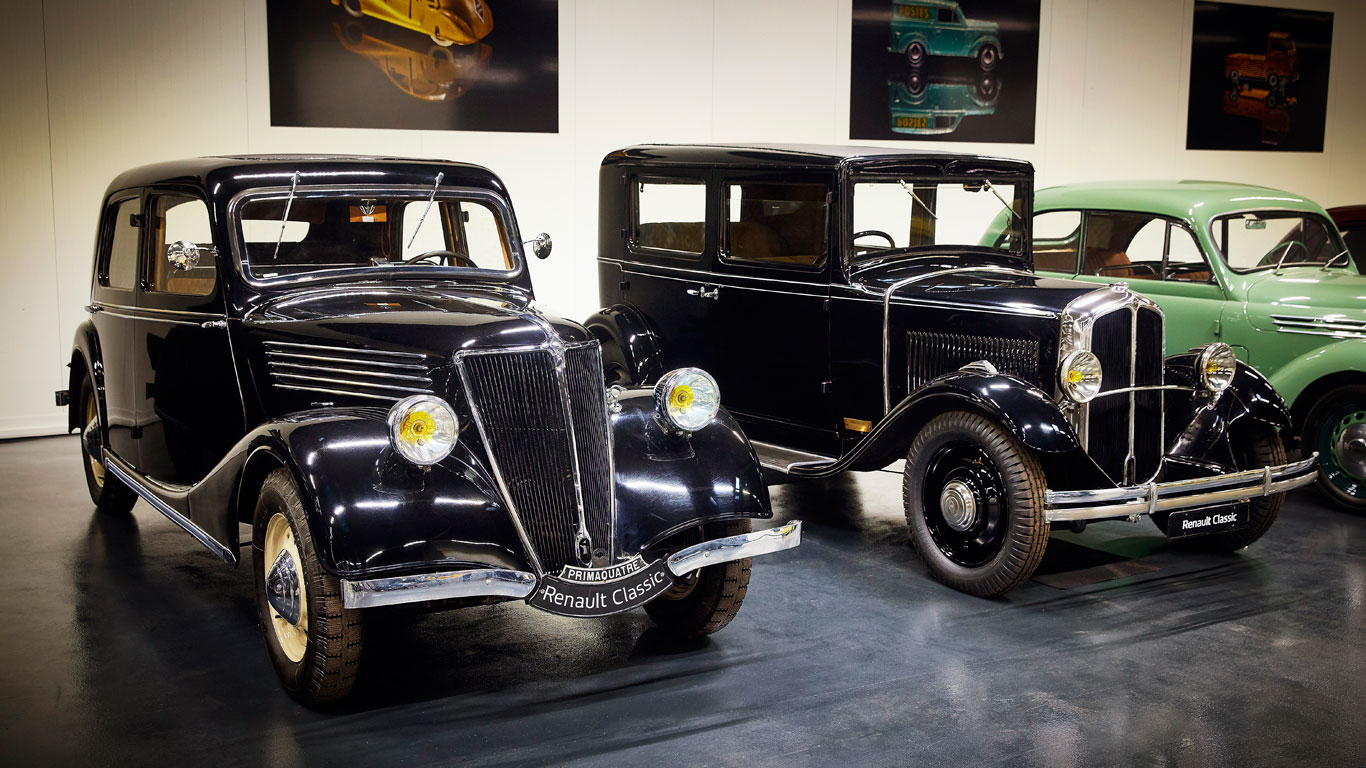
In the wake of the Great Depression, manufacturers were looking at building cheaper cars that were within reach of normal men and women. Louis Renault was adamant that this wasn’t the right approach and, during a time before the middle class emerged, Renault continued to build high-quality cars for affluent families. The Primaquatre of 1937 was a four-seat family car, 3.7 metres long and capable of 105km/h (65mph). It had a start price of 19,500 francs.
Renault 4CV
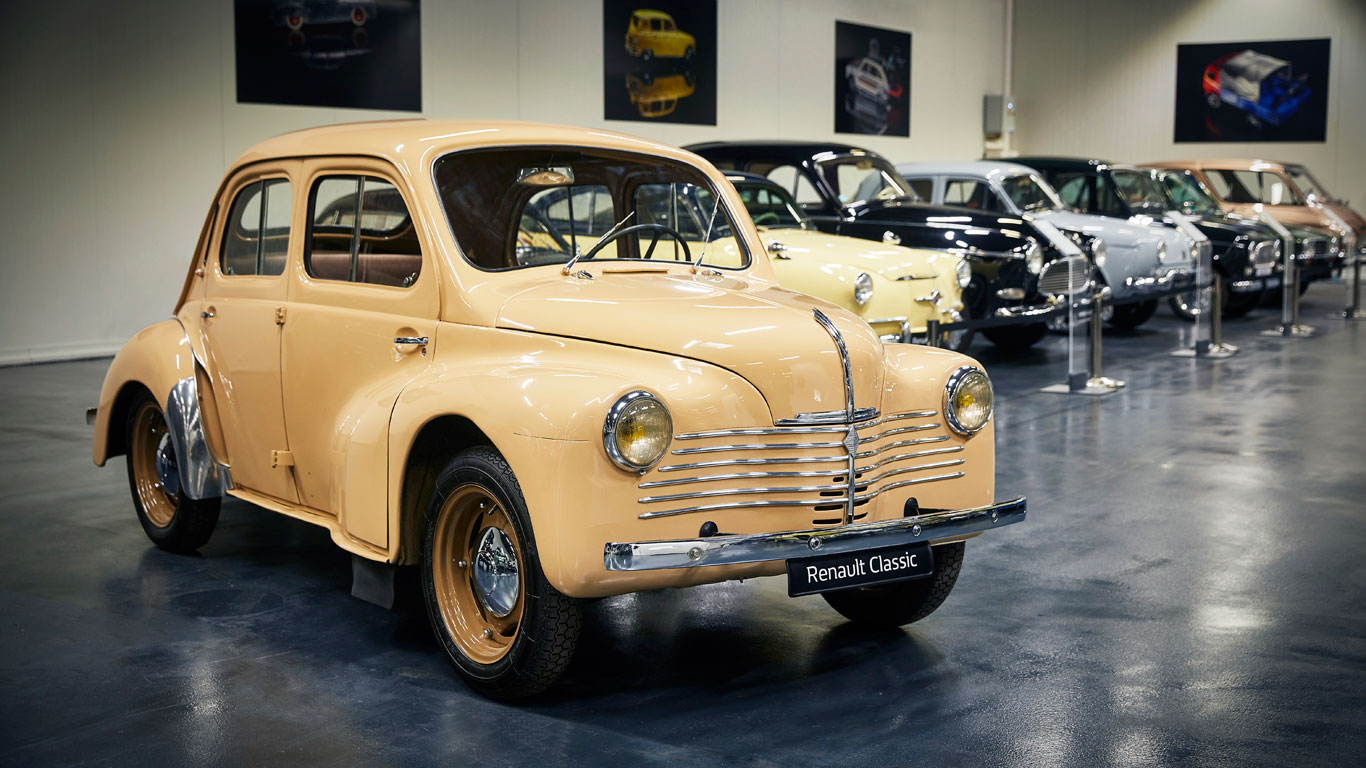
In contrast to Louis Renault’s beliefs that the firm should concentrate on premium cars for affluent motorists, the firm quietly worked on an affordable small car during the Second World War. The 4CV, as it went on to be named, was France’s answer to the Volkswagen Beetle. More than one million were produced before it was replaced by the Renault 4 in 1961.
Renault Colorale
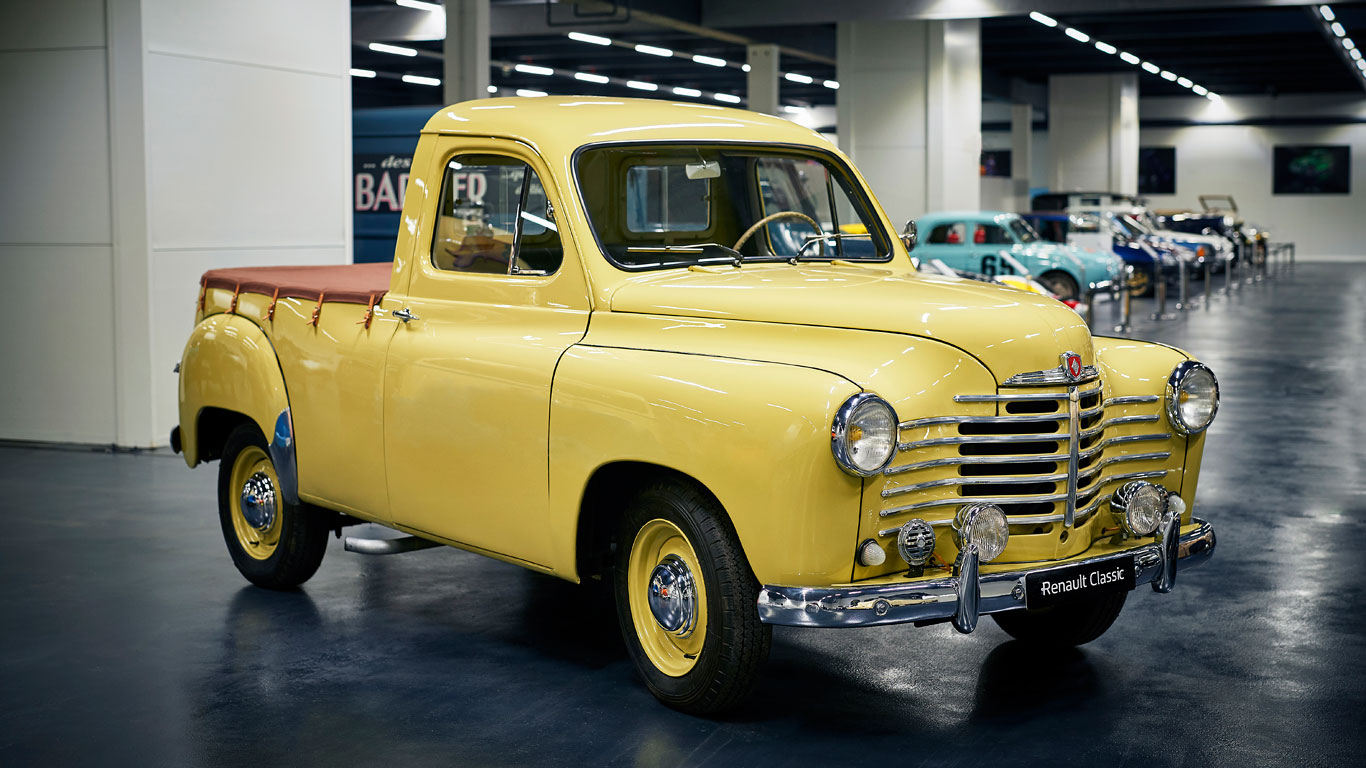
Think 4×4 pickups are a relatively recent thing? Think again. In 1946, Renault began considering a ‘station wagon for the countryside’. The result was the Colorale range, with a number of utilitarian and family versions introduced between 1950 and 1951. They were fairly old-fashioned from a technical point of view, with a truck-like chassis and a tractor engine.
Renault Caravelle/Floride
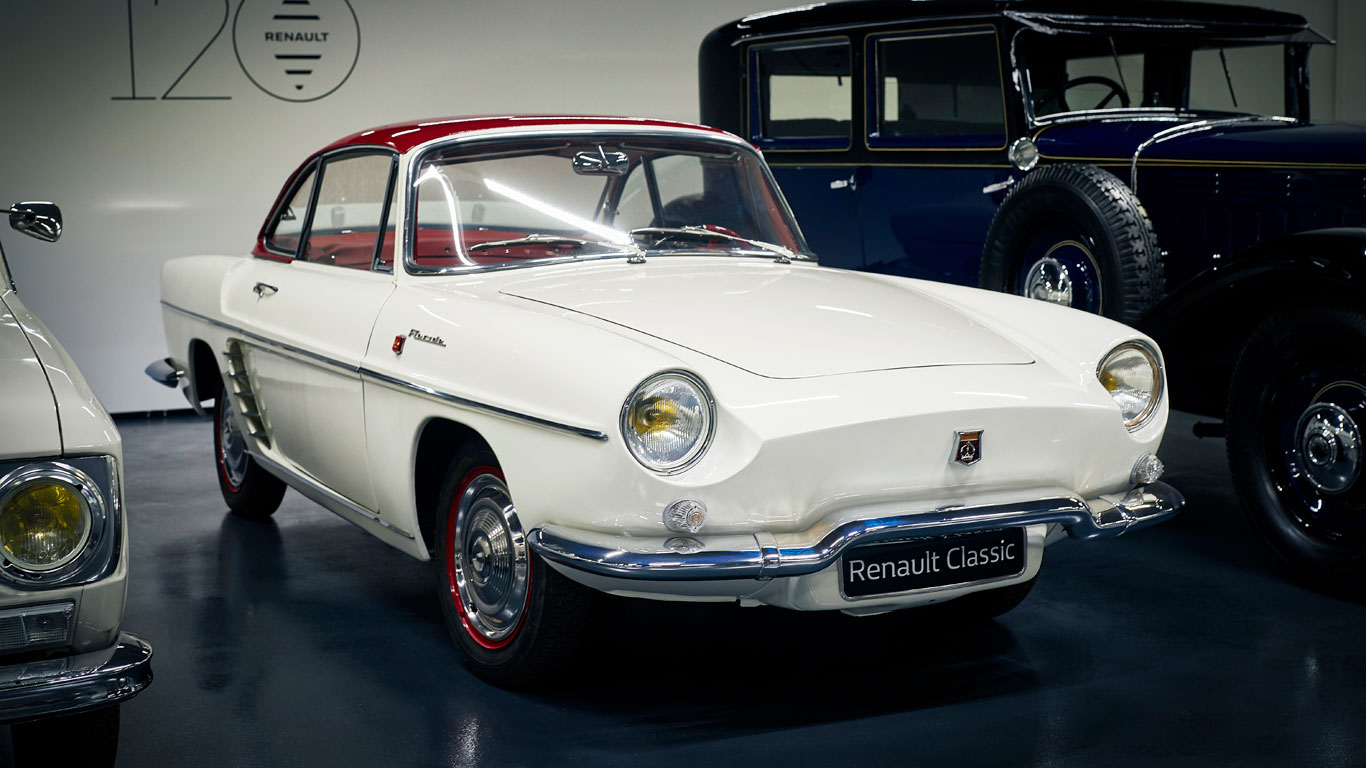
Based on the Renault Dauphine (we’ll come onto that in a minute), the Caravelle was also known as the Floride. That’s because the idea was initially conceived by US dealers at a convention held in Florida, who said a coupe/cabriolet model would improve the brand’s image in the States. However, Renault was concerned that naming it after a US state would exclude buyers elsewhere, hence the Caravelle name.
Renault Estafette
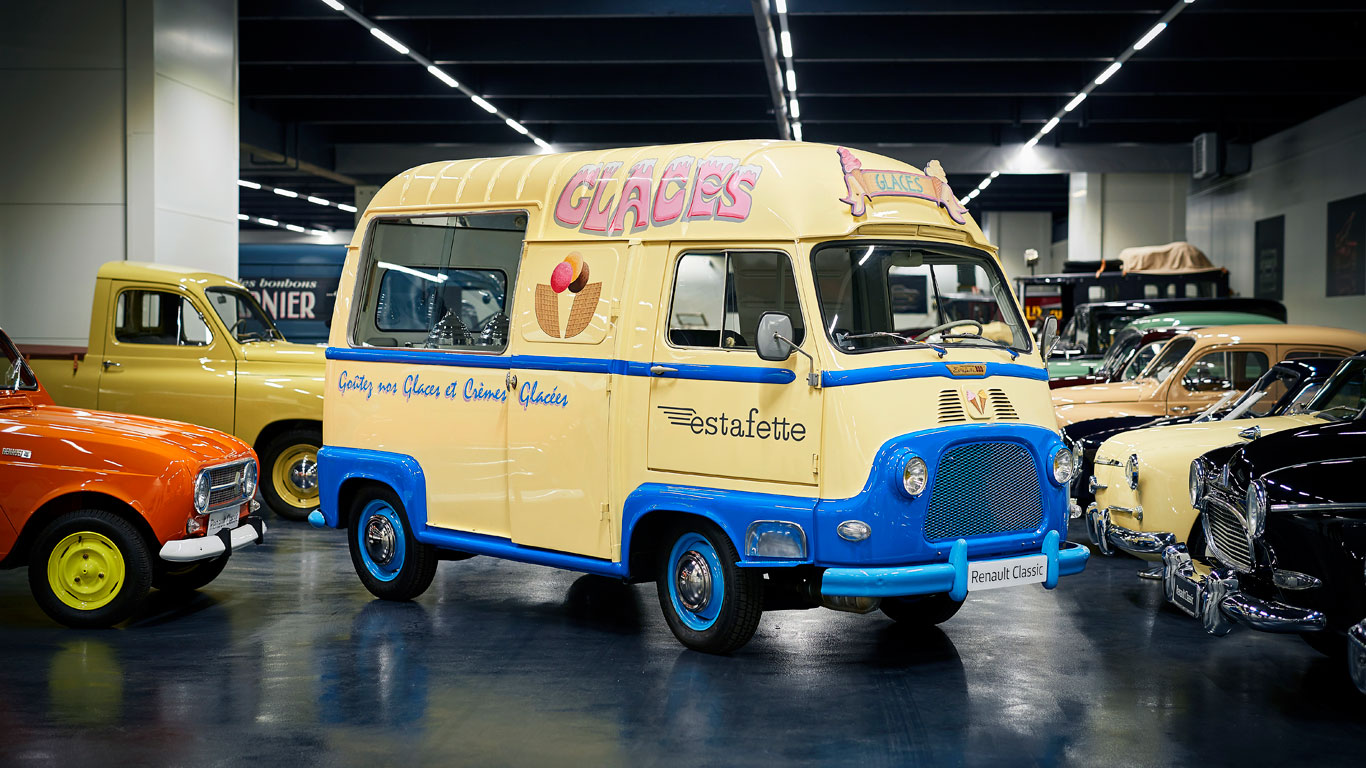
Introduced in 1959, the Estafette was a genuinely clever van. Front-wheel-drive (a first for Renault), it featured a flat floor and a short turning circle, as well as sliding doors, making it the perfect workhorse for French tradesmen. Production lasted until 1980, by which time more than 533,000 Estafettes had been produced.
Renault Dauphine
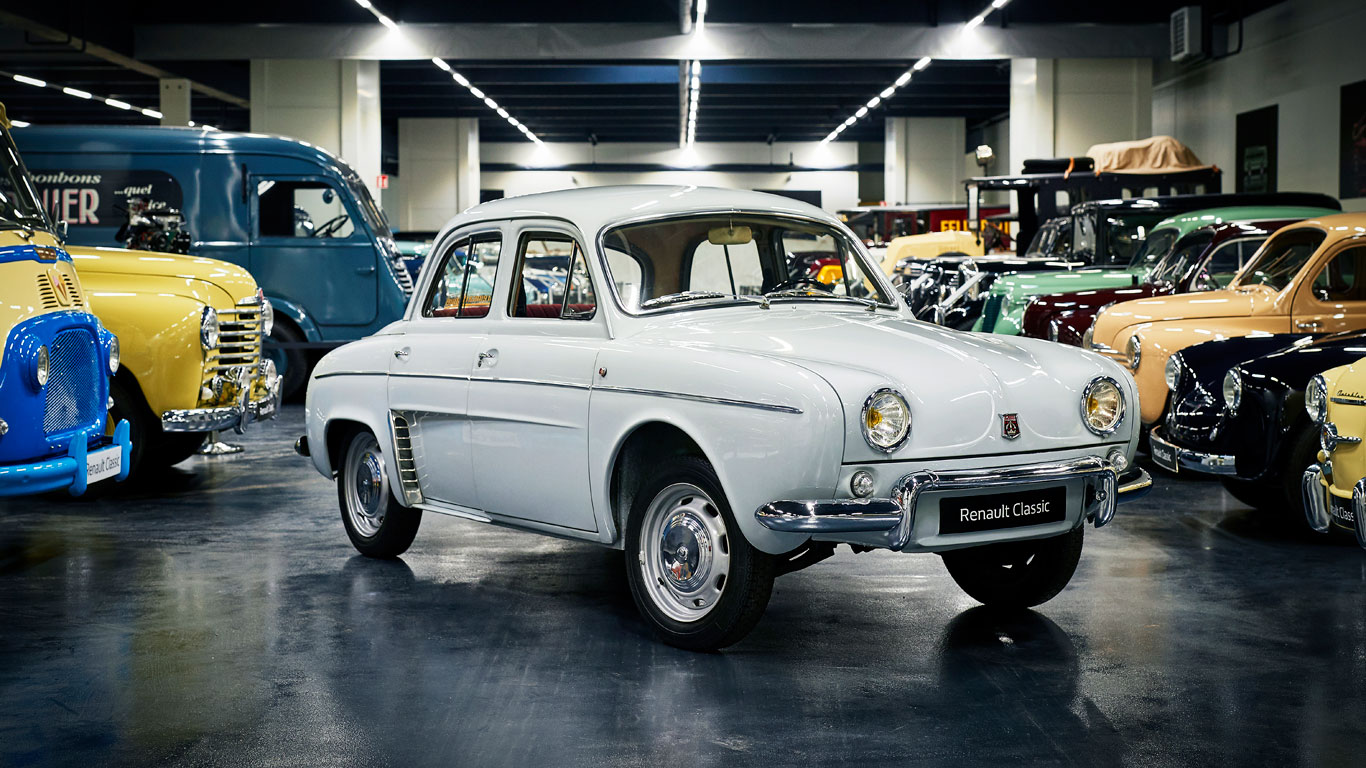
As a successor to the Renault 4CV, the Dauphine continued to rebel against Louis Renault’s wish to target the affluent classes. A rear-engined rival to the likes of the Volkswagen Beetle and Morris Minor, the Dauphine was a hit the second it was revealed at the 1955 Paris Motor Show. More than two million were sold during its 11-year lifespan.
Renault 4
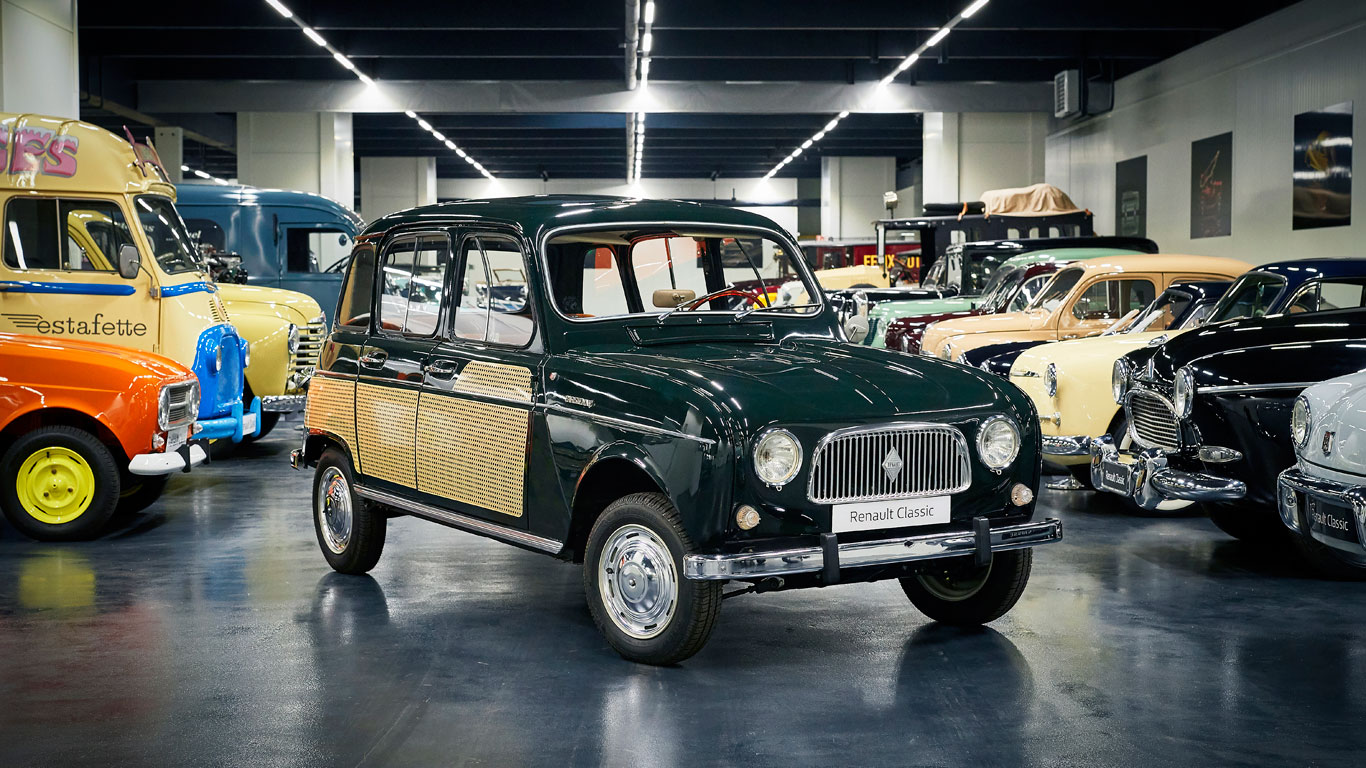
The Renault 4 was more than simply a replacement for the 4CV. It’s a symbol of France in the early 1960s. A rural exodus was happening, seeing people shift from the countryside to new suburbs being developed on the edge of urban areas. As such, Renault decided to launch ‘the ultimate versatile automobile’. Capable of serving as a workhorse during the week, the Renault 4 could also double up as a family car at weekends.
Renault 8 Gordini
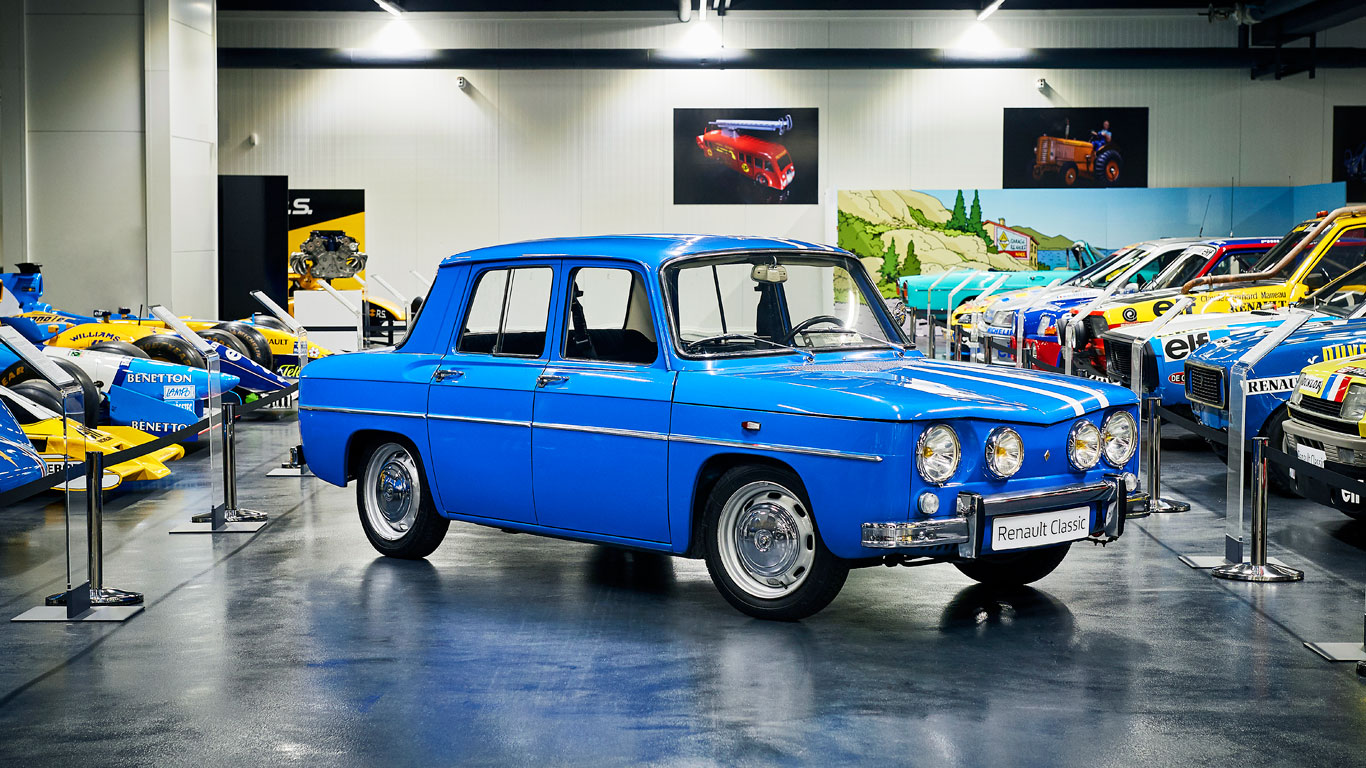
Although by the 60s Renault primarily catered for people wanting affordable transport, there was still an enthusiastic audience captivated by the likes of the 4CV used in the Monte Carlo Rally. In 1964, Renault brought out the Renault 8 Gordini, with the standard car’s 50hp engine replaced by a 95hp 1,100cc unit. The firm intended to build just 1,000 cars, but 11,600 customers parted with money for the Gordini – despite a price tag close to double that of the standard car.
Renault 16
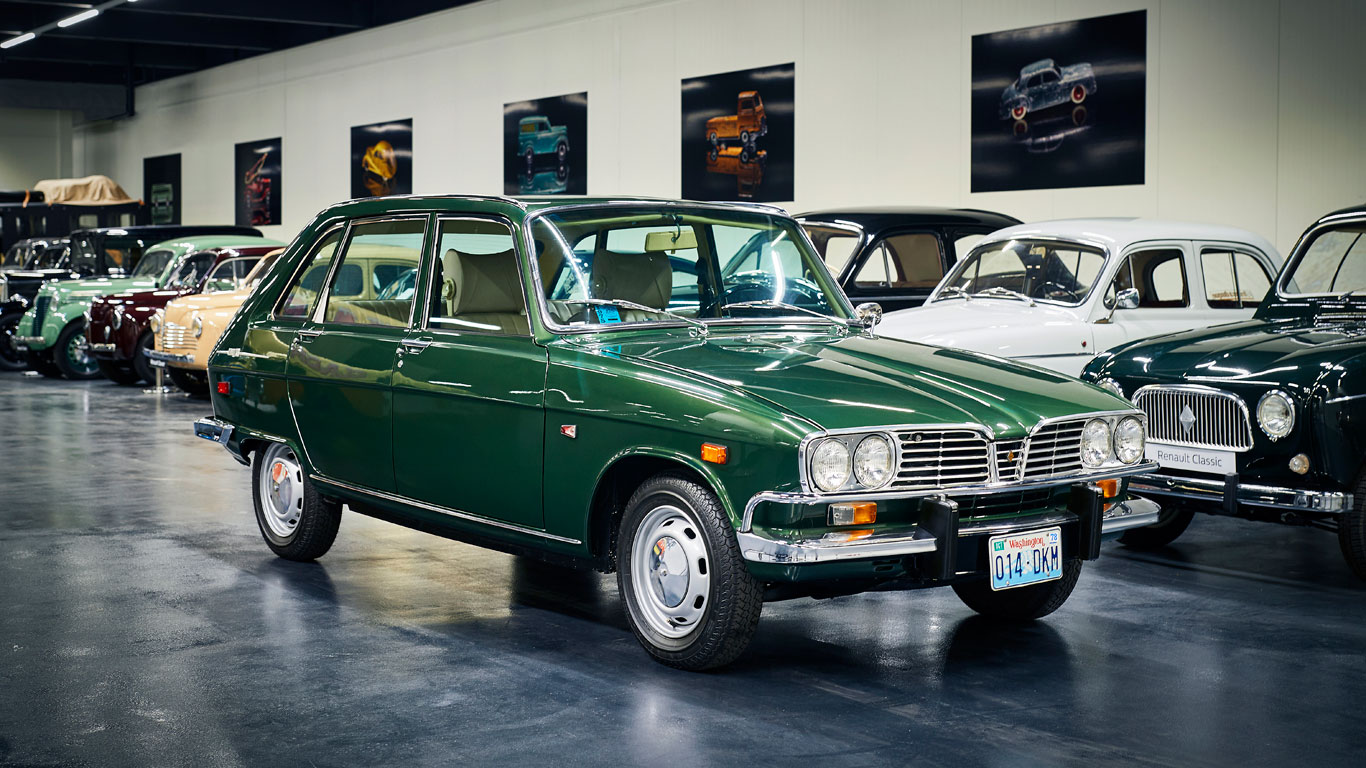
The world’s first production hatchback, the Renault 16 was launched in 1965 as a bigger, upmarket alternative to the Renault 4. Halfway between a saloon and an estate, buyers and journalists struggled to get their head around this new bodystyle at first, but it soon became a huge success. More than 1.8 million were sold worldwide during its 15 year production run. This example in Renault’s collection was destined for the US, where the 16 was sold in tiny numbers.
Renault 5
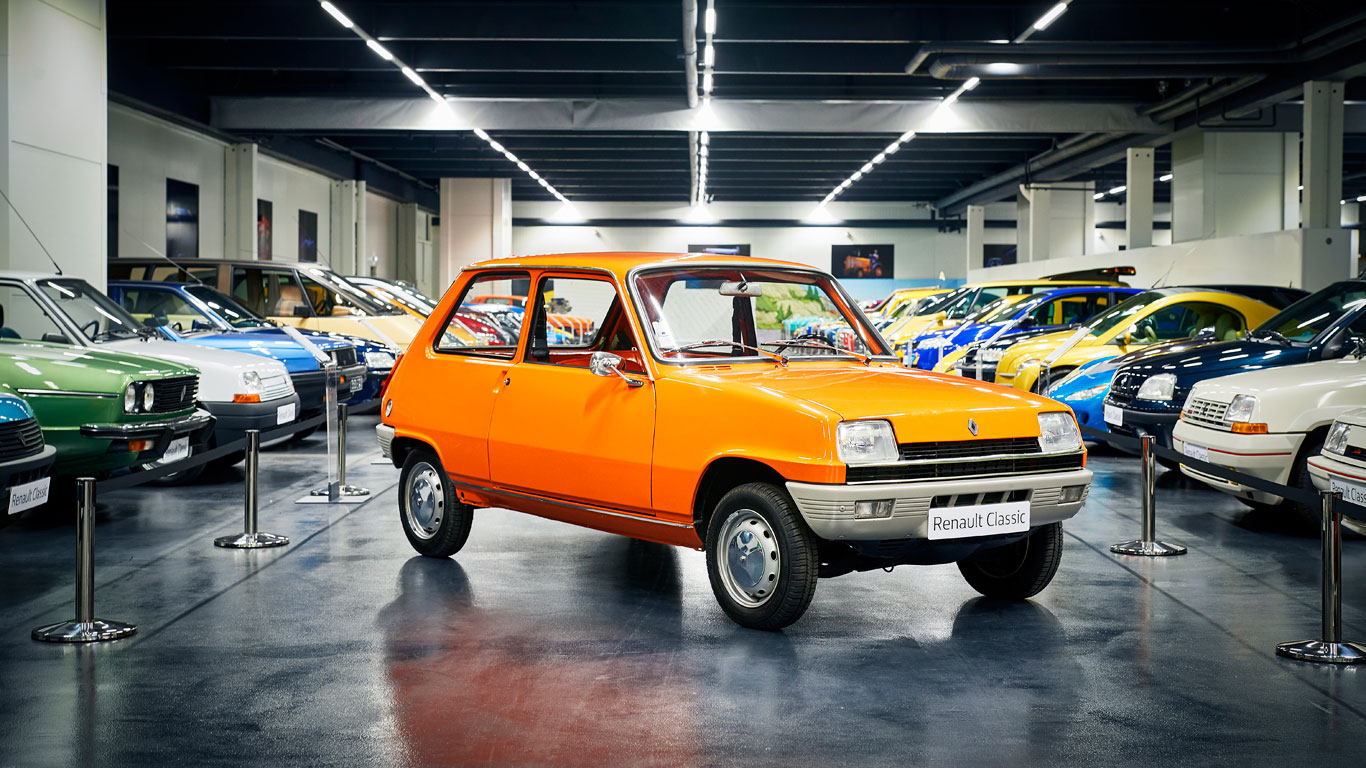
Launched in 1972, the Renault 5 was unashamedly a car designed for women. It featured a curvy shape, just two doors (allowing children to stay safe in the back without the threat of them opening a door) and an easy-to-lift hatchback making it convenient for supermarket shopping. Oh, and plastic bumpers were used for the first time, providing protection from minor impacts.
Renault 12
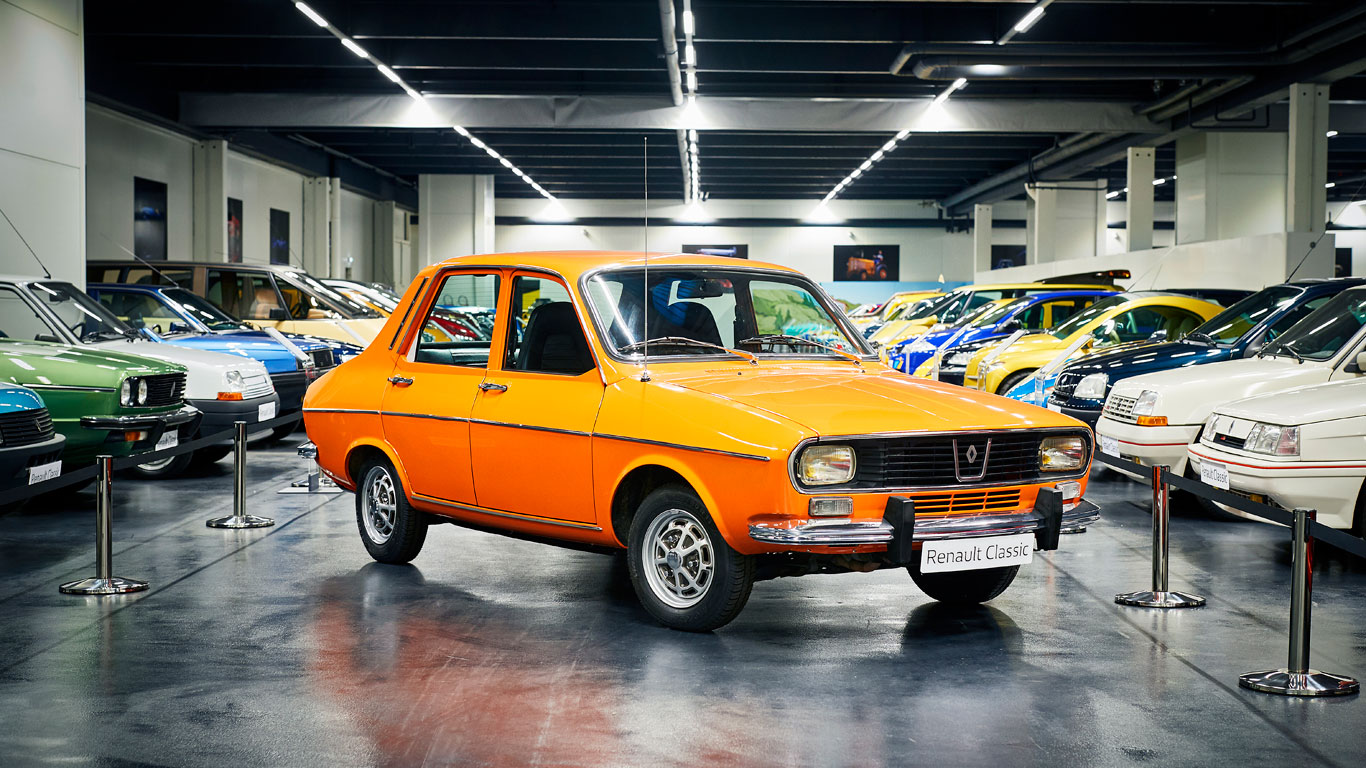
Simple, inexpensive and unbreakable. That was the brief for the Renault 12, revealed at the 1969 Paris Motor Show. Developed with international sales in mind, the 12 would take Renault to new markets, with much of its testing carried out in Brazil. It went on to find a following in Romania, where it was built under licence by the Dacia brand, and Turkey. It was a commercial success, with 2.5 million sold internationally.
Renault 14
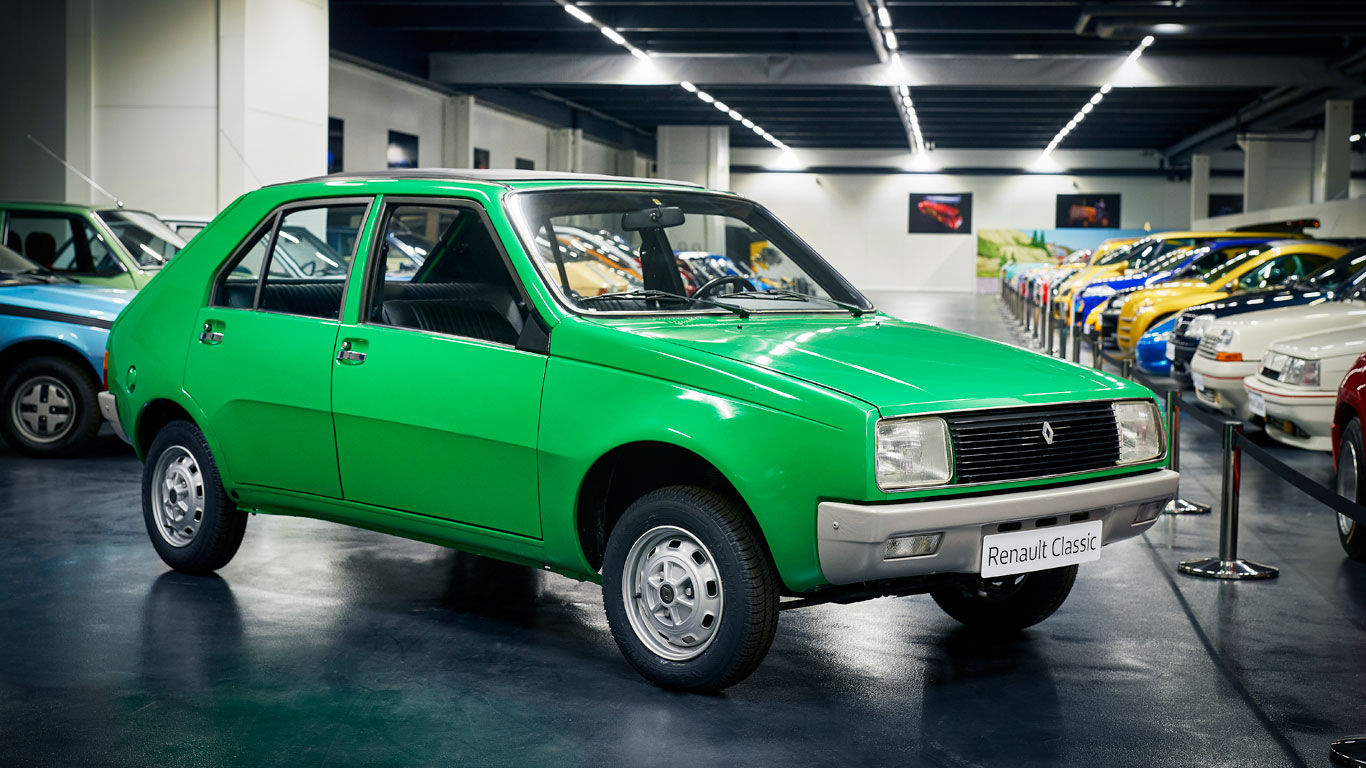
Renault’s trademark had become the hatchback since the R16, but it didn’t offer a mid-range hatch. The Renault 14 was introduced in 1976 following a clever advertising campaign that caused it to be known as the ‘pear-shaped’ car. It was the first Renault to be powered by a transversely-mounted powertrain, allowing a roomier cabin and increased luggage space.
Renault Espace
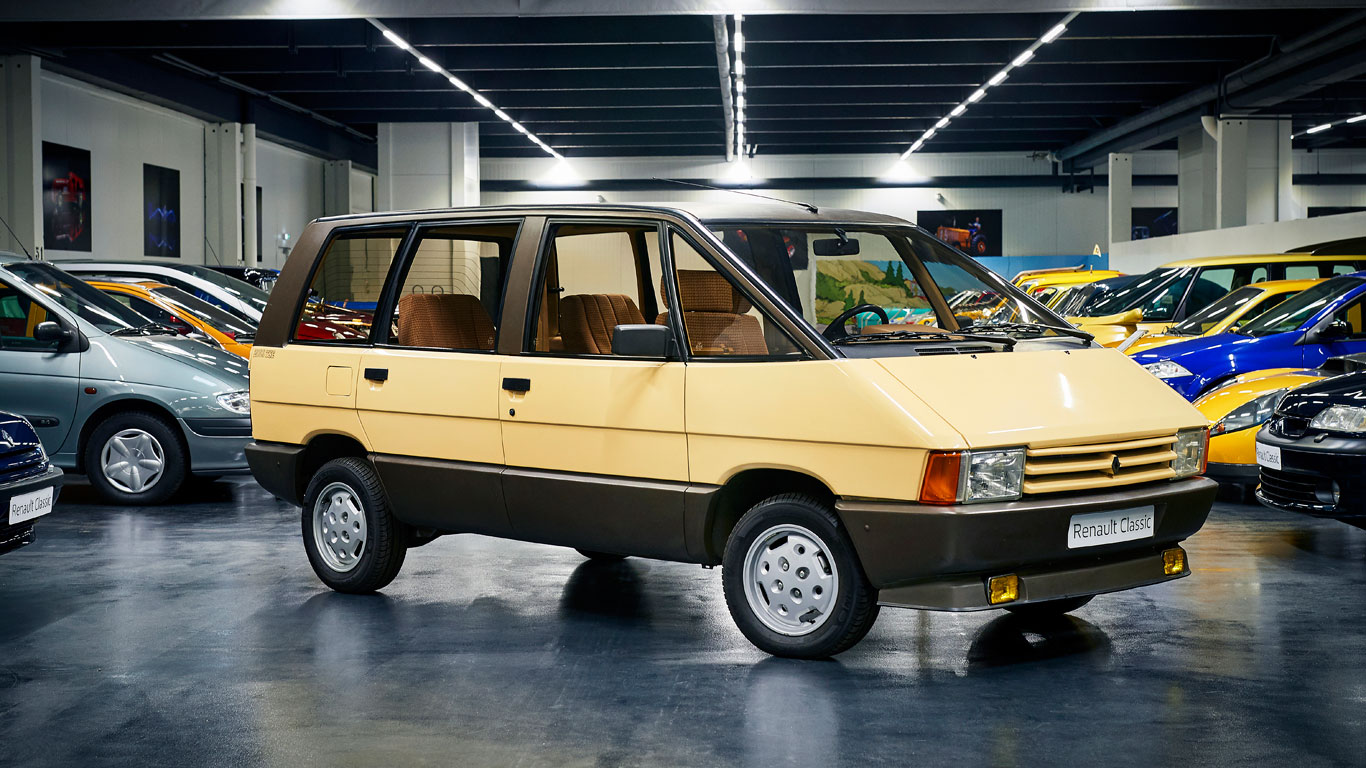
Renault had been pushing a ‘car for living’ philosophy with its series of practical cars designed with families in mind – including the Renault 4, 16, 6 and 5. With the launch of its Espace people carrier, it pushed the idea further still, with a revolutionary new vehicle designed by Matra. Although sales were slow to begin with (just nine were sold in its first month on sale), families were soon tempted by the versatility offered by the world’s first MPV.
Renault Twingo
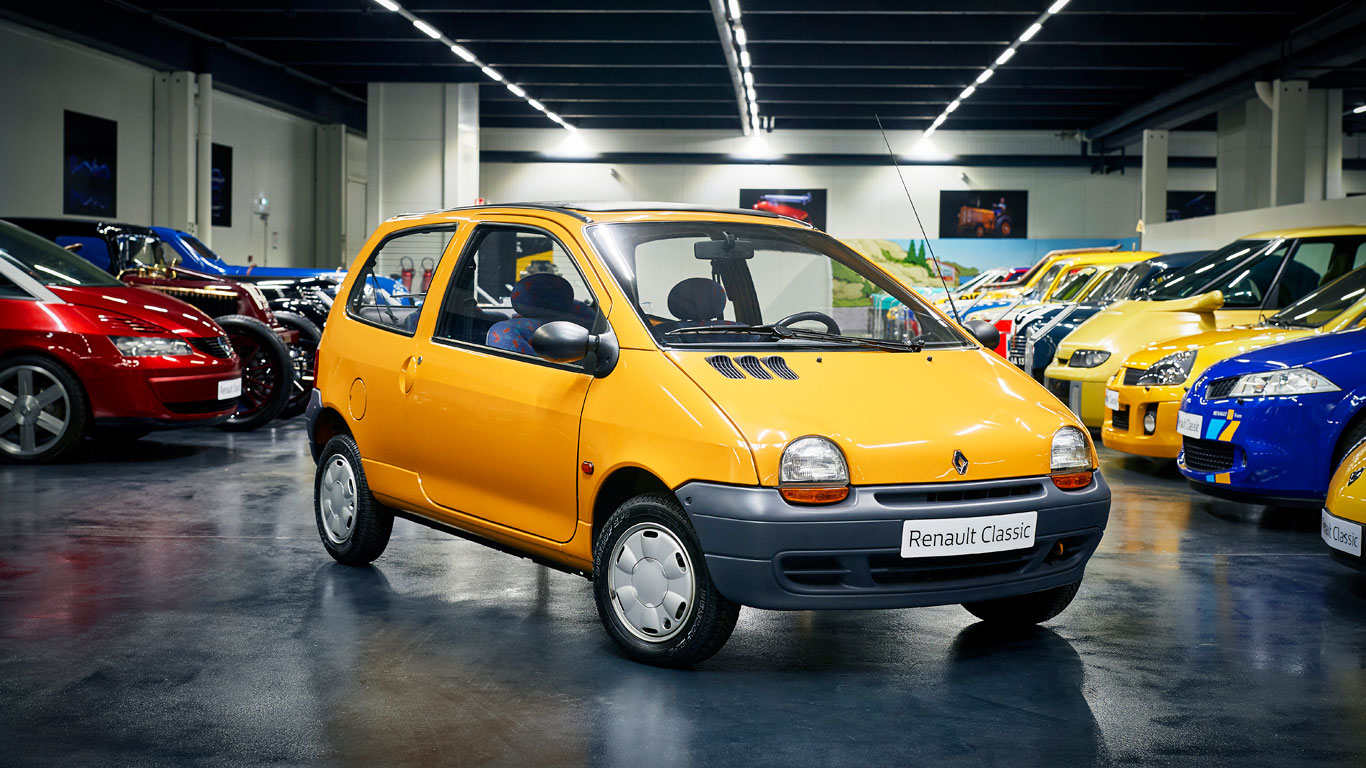
Described by Renault as having an exterior design that evokes a ‘small, friendly animal’ combined with the interior of a ‘mini passenger van’, the Twingo was launched in 1993 as a quirky yet affordable and practical city car. Initially available with just one trim level and a choice of four colours, “it’s up to you to invent the life that goes with it,” said its launch slogan.
Renault Scenic
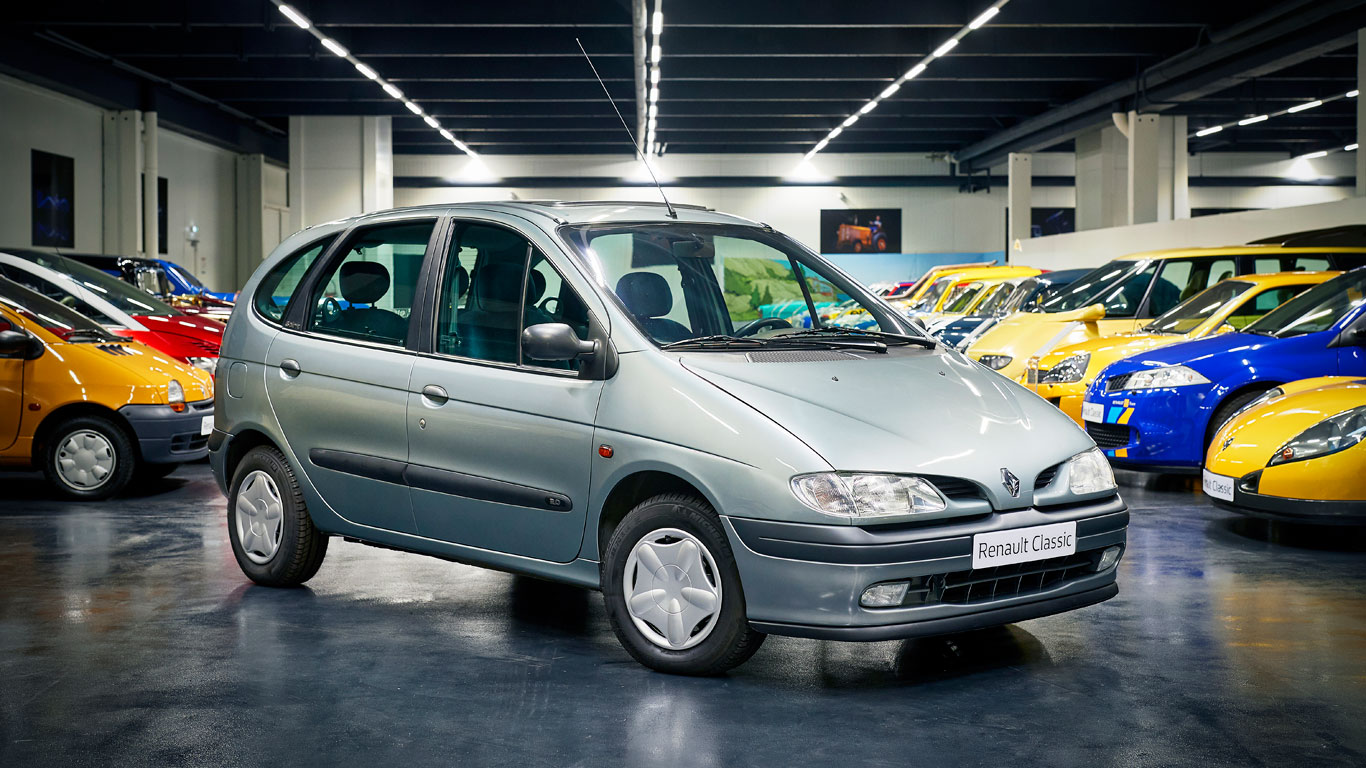
Having gained experience with its larger Espace people carrier, Renault set about launching a car for the late-20th-century family. Following on with the ‘car for living’ philosophy, the Scenic featured a sliding rear seat that could be used as a table, tilting rear side seats, tray tables for passengers and even a bottle rack. The Scenic was so impressive when it was launched in 1996 that it went on to win the 1997 European Car of the Year award.
Renault Avantime
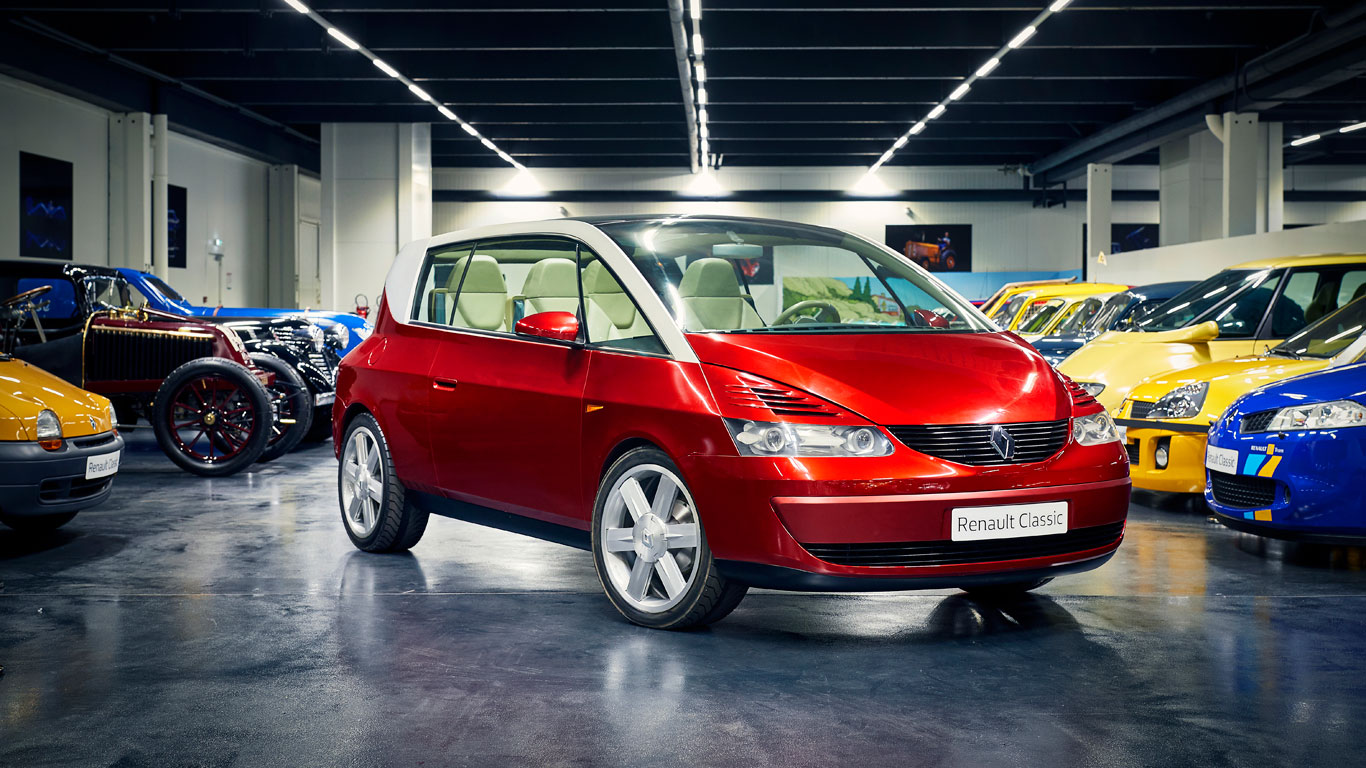
Renault’s never been afraid of taking risks, and in 1999 it launched a bizarre hybrid of coupe and people carrier. The Avantime ‘embodied the leisure car of the new millenium,’ says Renault, with large windows, an all-glass sunroof and a minimalist centre console. Although reception was generally good, it sold in tiny numbers and production was dropped after just two years on sale.
Read more:
- Inside Citroen’s ‘secret’ car collection
- In pictures: the greatest hot Renaults ever
- Renault Clio: Retro Road Test